Industry Events
At OFC 2024, DriveNets' Calin Miculescu P.Eng demonstrates the future of networking,...
Read moreSoftware-Based Cloud-Native Network Services, One Shared Infrastructure
Core networks require maximum scalability and efficiency to handle the growing traffic from personalized content and high-performing access networks. DriveNets Network Cloud meets these demands by adopting a cloud-like approach—scalable, elastic, cost-efficient, and easy to manage. Its distributed, disaggregated chassis architecture enables operators to evolve their core networks without the limitations of traditional monolithic designs.
How did an operator build its core network like cloud, making for a more agile and cost effective network architecture?
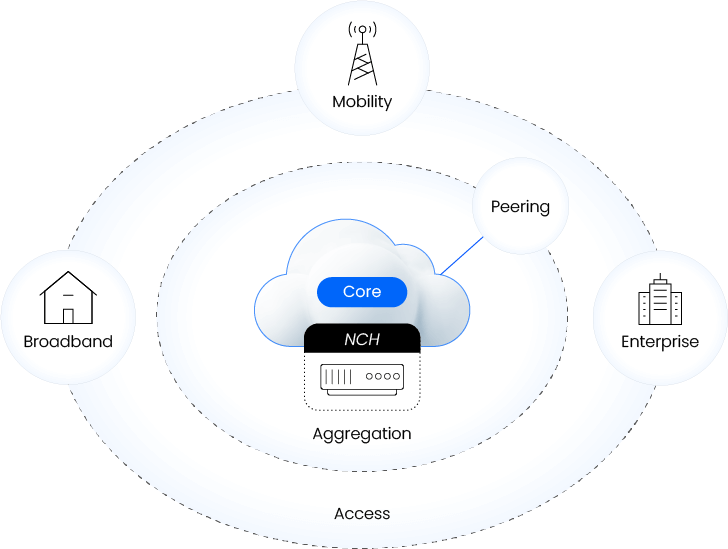
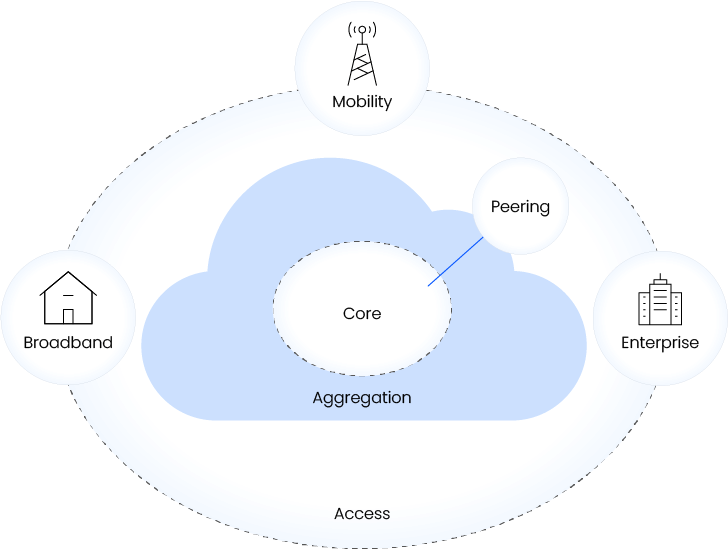
Aggregation Networks are a critical part of the network architecture that serve as an intermediary layer between the edge and access networks (which connect end-users) and the core network (which handles large-scale, high-speed data transport). DriveNets’ software-based solution allows the aggregation network to scale elastically by adding additional white-box devices as needed. This modular scaling capability makes it possible to expand capacity incrementally, without the need for costly forklift upgrades.
How did an operator carry out a transformation in their aggregation networks, expanding capacity and enhancing operational management?
Peering enables service providers to interconnect their network with other providers’ networks, allowing the flow of internet traffic between different regions, data centers, and service areas. DriveNets peering solution offers scalable routing table exchanges and flexible architecture to support a growing number of routing table entries and connections to multiple peers.
How did a tier-1 operator optimize their peering network infrastructure for massive capacity scale and lower cost?
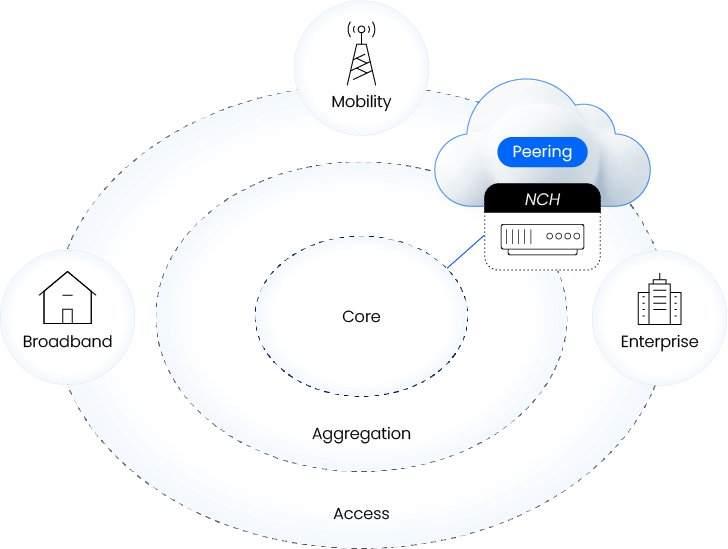
Service providers need to support edge networks with high-density routing and meet the growing demands of low-latency services and emerging applications (such as IoT and autonomous systems). DriveNets addresses these challenges by combining networking and compute resources over a shared, cloud-like infrastructure. This allows network operators to improve their service quality, enable new, latency-sensitive services and optimize the traffic distribution across their network.
How does DriveNets Network Cloud help service providers overcome the key challenges of transitioning to the network edge, and enable them to build a more flexible, reliable and cost-effective edge network?
Data centers are growing in size and number, creating a need for better interconnect solutions. Traffic volumes are outgrowing the legacy Interconnect chassis, while power concerns and sustainability requirements demand more efficient solutions. DriveNets Network Cloud allows service providers to leverage DCI solutions with practically limitless capacity (up to 819 TB), all while optimizing footprint, cooling, and power consumption.
How can Network Cloud improve networking performance?
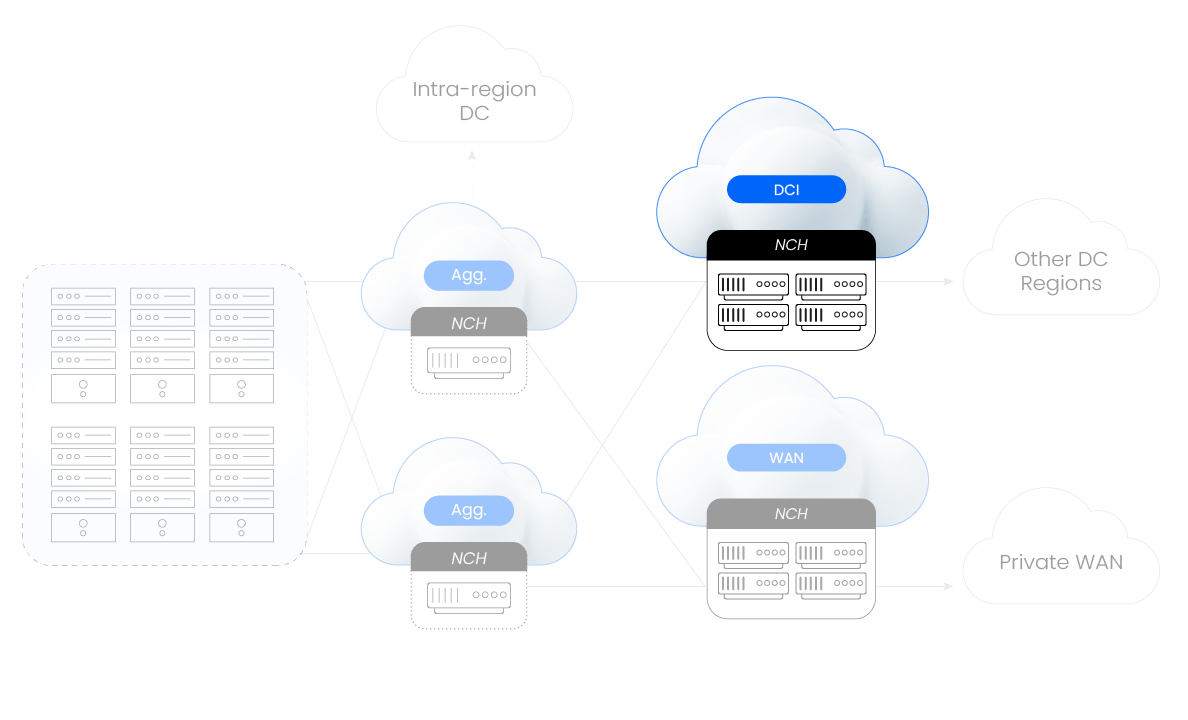
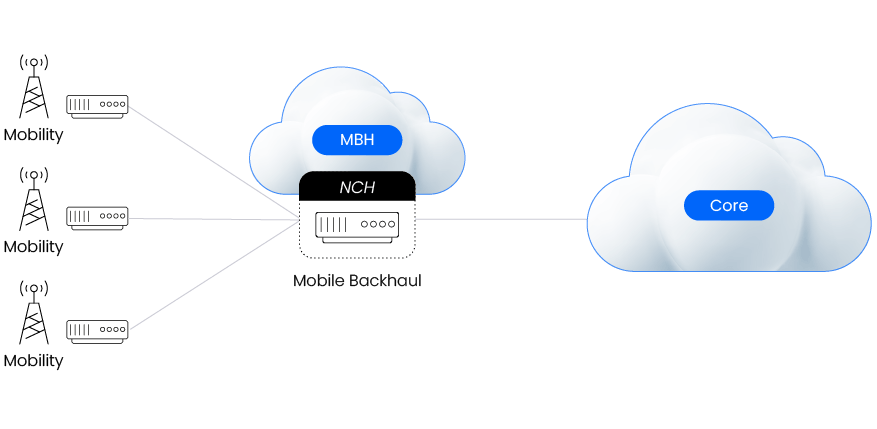
As 5G deployments accelerate and service providers migrate from 4G, a robust, converged and flexible mobile backhaul (MBH) becomes critical for smooth radio access network (RAN) operation. DriveNets offers a disaggregated mobile backhaul solution that meets the growing demand for capacity and service diversity. Its unified open hardware and single software deliver a converged transport for all mobile and wired broadband traffic, simplifying design and management while reducing costs to meet current and future needs.
Cable Multiple Systems Operators (MSO) require very high-density IP aggregation, triggered by network evolution towards DAA (Distributed Access Architecture), the multiplication of deep fiber locations, and customer traffic acceleration. The deployment of a scalable and cost-effective distributed hybrid fiber coax access networks as defined by Cablelabs’ DCA (Distributed CCAP Architecture), allows operators to take full advantage of the gigabit capabilities of DOCSIS including Full Duplex and Low Latency DOCSIS, and Coherent Optics. This architecture, aggregated by DriveNets elastic scale DDC, translates to more than enough bandwidth to support the latest-generation products far into the future.
How does Network Cloud impact the MSO network modernization process?


Service providers need to transform their networks into a converged, simplified, software-based architecture and operations across all domains—core, aggregation, and edge. DriveNets solutions allow streamlining networking hardware on just a few types of Whiteboxes, automation through software, and supply chain diversity with rich vendor ecosystem. This approach reduces network complexity and cuts OpEx by over 60%, enabling faster innovation, higher operational efficiency, and cloud-like agility at scale.
What does true end-to-end network transformation look like? See insights from MWC25 Telco Execs Panel
Industry Events
At OFC 2024, DriveNets' Calin Miculescu P.Eng demonstrates the future of networking,...
Read moreBlog
Evolution is inevitable in any market, as the competitive environment and changes in market demands accelerate evolution. Some players, such...
Read moreWhite Papers
This white paper examines how service providers should evaluate next-generation architecture. There is a tendency to choose a chassis-based architecture,...
Read more